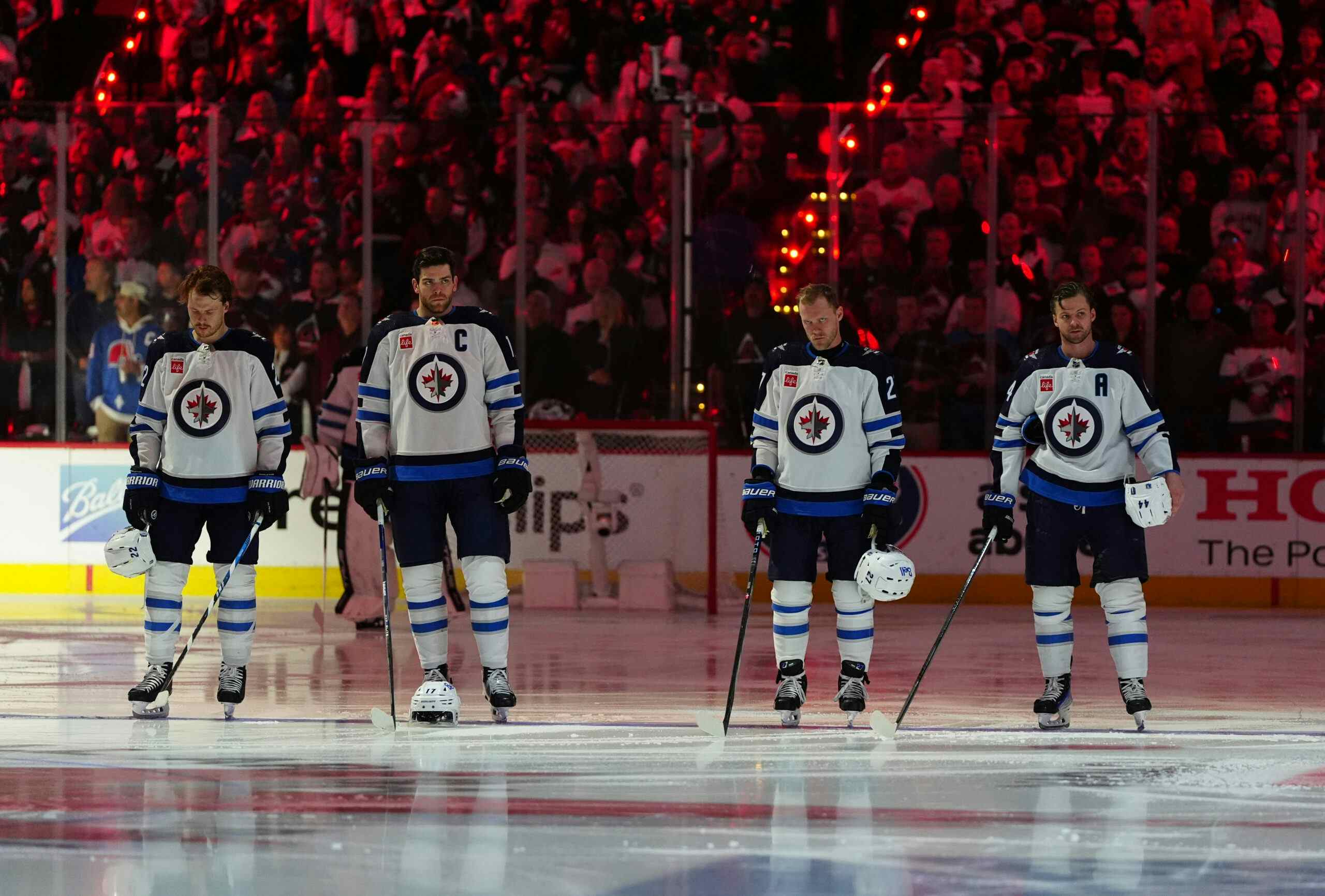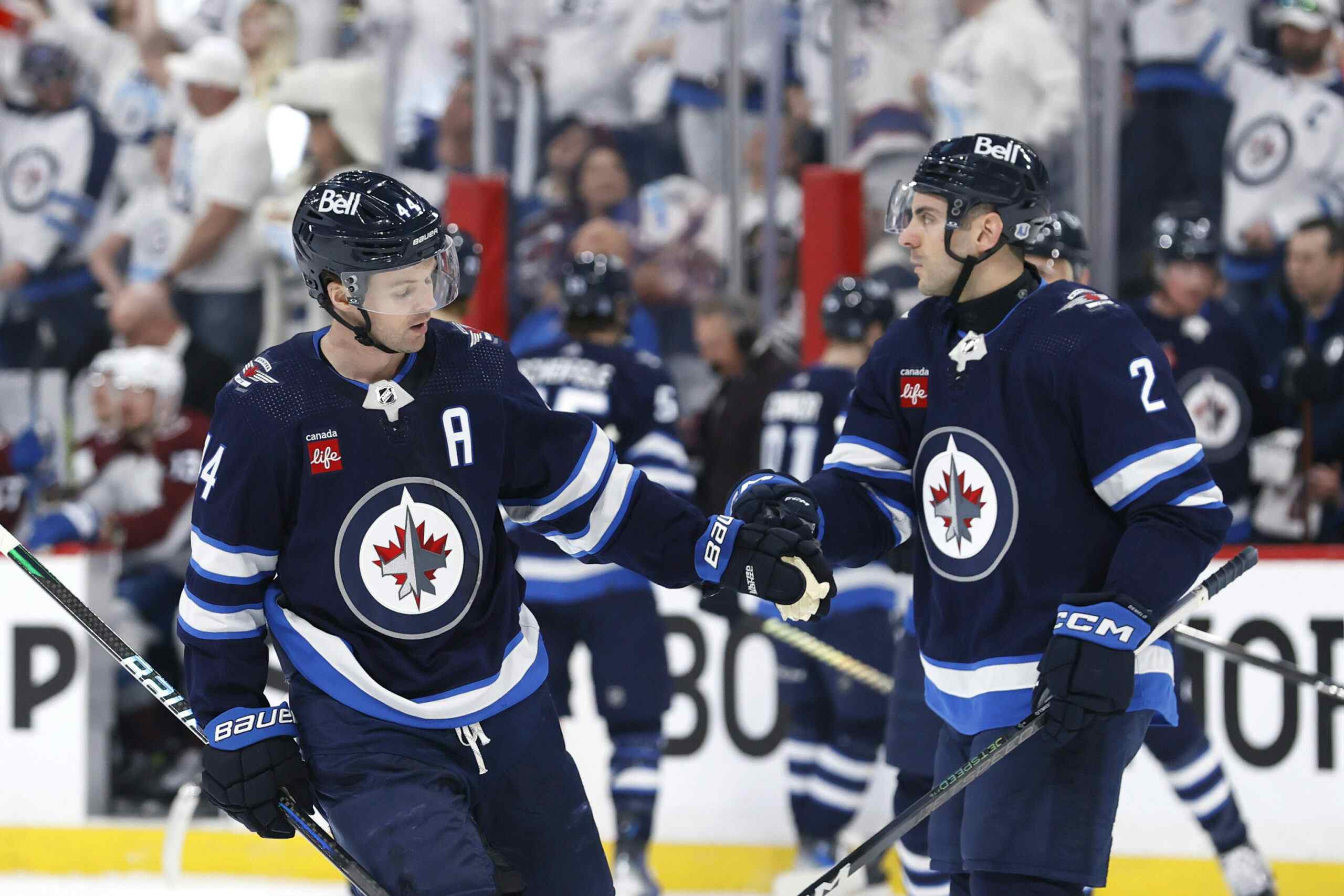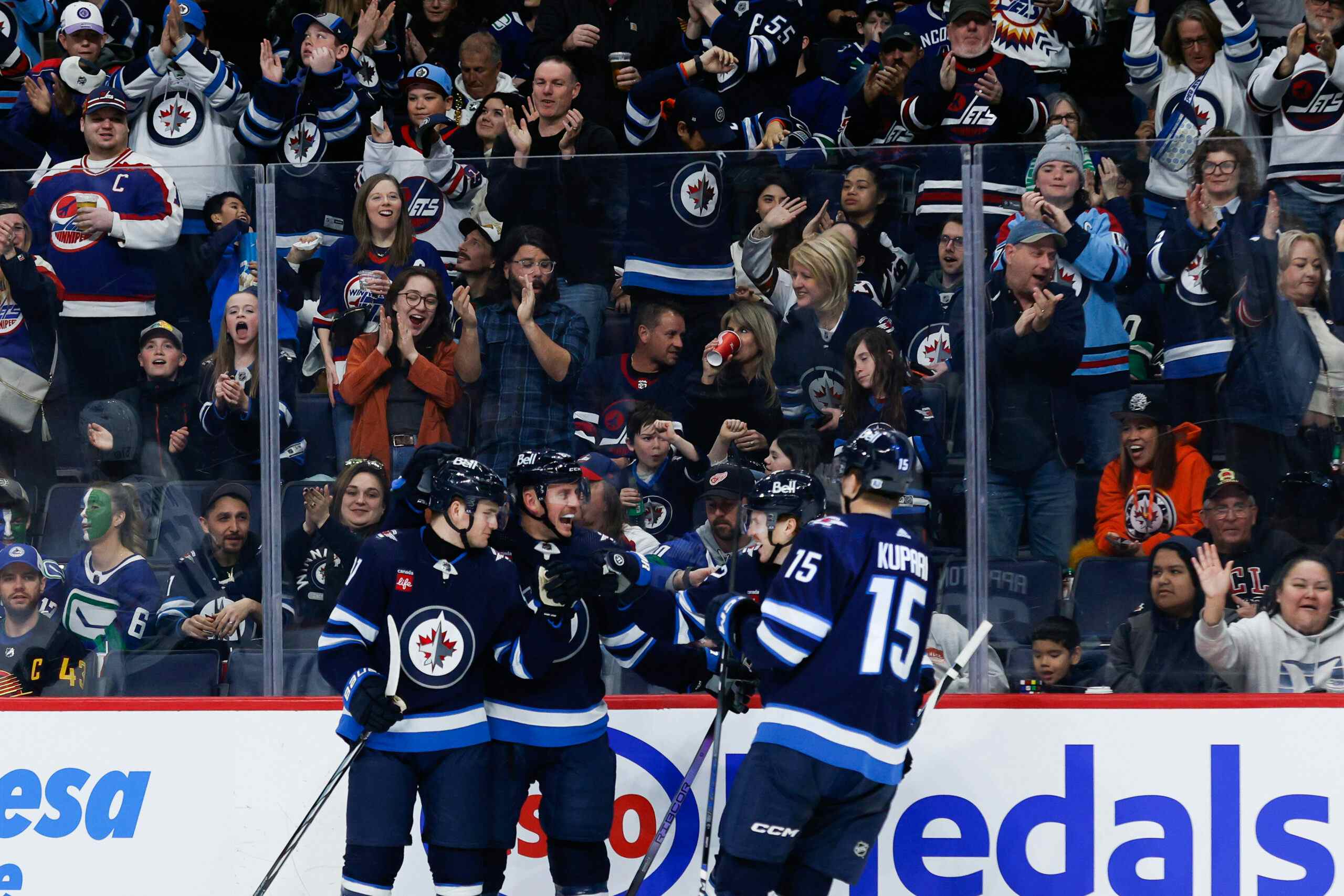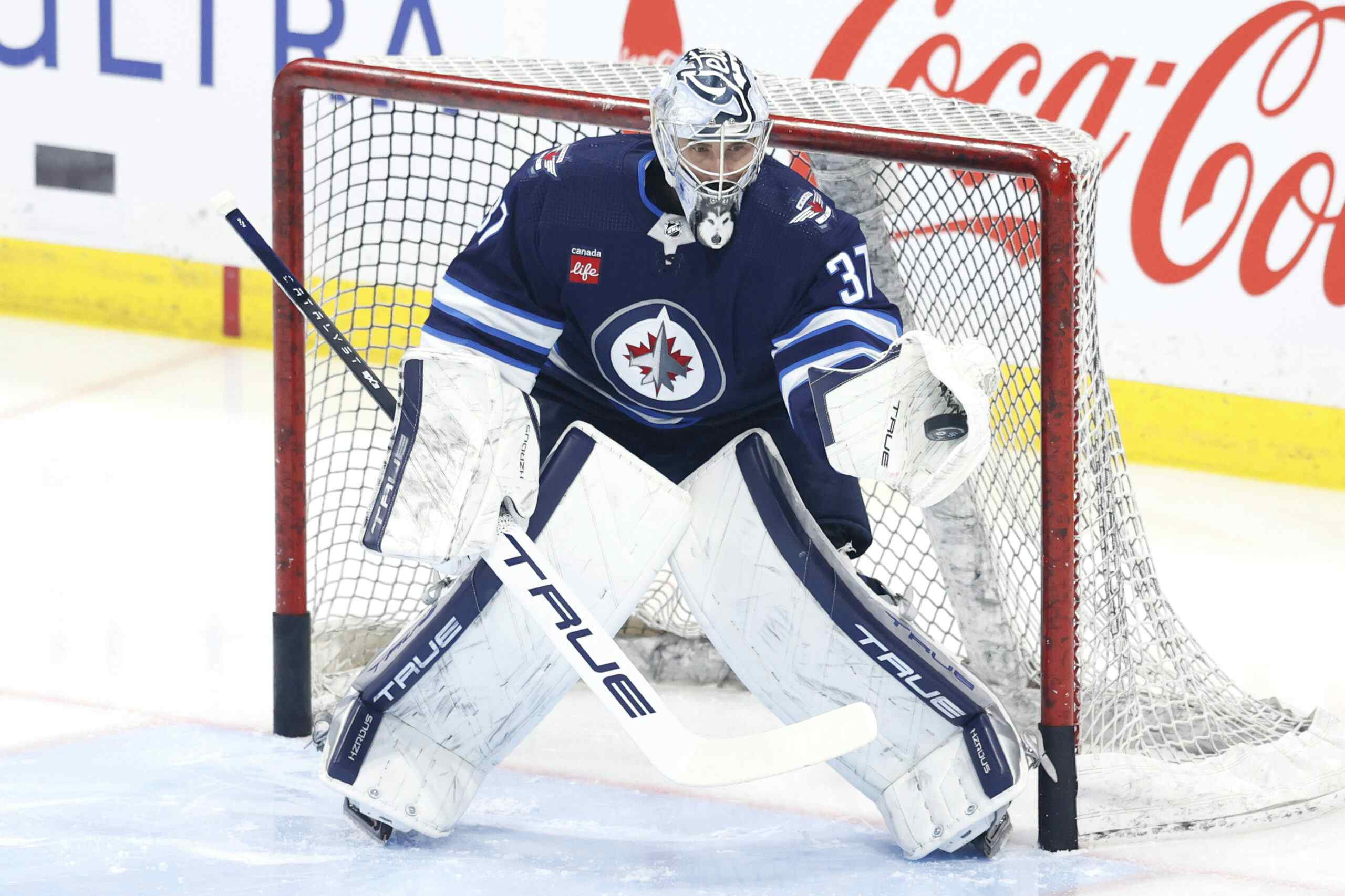Can the ’12 Jets be the ’11 Lightning?
By Cam Charron
12 years ago
If a modest goal of the Winnipeg Jets this season is to stay in the playoff hunt towards the end of the season, it is certainly not a task without precedent.
Last year, the overhauled Tampa Bay Lightning went from 23rd in goals for and 27th in goals against to finish 7th in goals for and 22nd in goals against to not only make the playoffs, but took the eventual Stanley Cup Champions to seven games in the Eastern Conference Final.
The Bolts did it with more of a swipe in the executive offices than on-ice personnel. Other than Simon Gagne and Pavel Kubina, the Lightning made little moves of note in the offseason, but their success came to better systems management and off-ice work that saw the Lightning take fewer penalties than they drew (they were -10 differential in ’10 and +34 in ’11) and bring their 27th-in-the-NHL .83 even strength goals for/against ratio back up to even terms.
If Moneyball is the story about how a shrewd front office found underachieving baseball players, another terrific baseball book, The Extra 2%, talks about how a progressive front office redefined off-field techniques to get maximum output from their players. It follows a season from the team on the other side of the Bay, the Tampa Bay Rays.
Consider how Guy Boucher balanced out the team’s zone starts from the previous reign under Rick Tocchet. While the Lightning got an inferior contribution offensively from Steven Stamkos and Vincent Lecavalier, who slipped from 100 goals combined to 70, there was a greater contribution across the board. A goal from Teddy Purcell was valued as much on the scoresheet as Actual defensive forwards rather than the third-and-fourth-liners took some the tough minutes (Adam Hall and Nate Thompson both had a very effective seasons) but it didn’t necessarily leave the stars off the hook. As they say in certain hockey circles, “everybody bought in” to the new system and while they could have been better at even strength in both possession and zone finishes, the turnaround was a big factor in finding every capable hand to turn around the goal scoring.
The Jets and new coach Claude Noel, unfortunately, lacks the star power that Guy Boucher had to work with, which was ultimately what led the Lightning to the Eastern Conference Finals, along with a much tougher division, but there are some lessons to take away from the Lightning turnaround. These are lessons that may help the Jets stay in the playoff hunt come April:
1: The impact of specialty teams can’t be ignored. Last season, the Thrashers were a +4 in powerplay opportunities. That number should be increased with a focus on giving the defensive forwards the run of the defensive starts. Nate Thompson and Adam Hall took .6 penalties per 60 minutes with the load last season. Given similar situations, Zenon Konopka and Todd Fedoruk took 1.5 and 1.0, respectively. A defensive situation is not ripe for a tough guy.
2: The scoring is well-balanced at even strength. A full season of Blake Wheeler in an offensive role should add a few more goals. Evander Kane and Andrew Ladd had low PDOs. In fact, the second half of last season, the Thrashers were actually playing better than in the first half, but suffering from a lack of lady luck. The team’s shooting percentage balancing out to normal levels earns the team a few goals. However, the team can’t focus all the scoring on one or two guys. I would advocate for Ladd to get primarily defensive zone starts and some of the tougher matchups.
3: Zach Bogosian is a good defenseman, but he needs a lighter workload until he can handle the tough minutes. This is where a trade for a veteran defensive defenseman (Hal Gill, Colin White, Cory Sarich) pays dividends for the future.
4: The Lightning finally got their goaltender in mid-December with the trade for Dwayne Roloson, who was, in a word, awesome last season. A healthy Ondrej Pavelec playing the way he did last season could be an X-Factor and the difference that leads to two or three extra wins.
The Thrashers finished with 80 points last season and need to hop over New Jersey, Toronto and Carolina, along with a playoff team, to get in. It won’t be an easy task, particularly with the limited addition of players this season, but it appears Kevin Cheveldayoff is laying down a foundation and will build around the team’s more established players than reaching out for star power. A balanced approach, a new coaching staff, better management and advanced pro scouting techniques is what helps average teams become good, and good teams become great.
The turnaround may not be as quick as Tampa’s, but every little bit counts, and off-ice management plays a part in the little bits that add up. Given the clean slate, there is more cause for optimism going into this season than last.
Recent articles from Cam Charron





